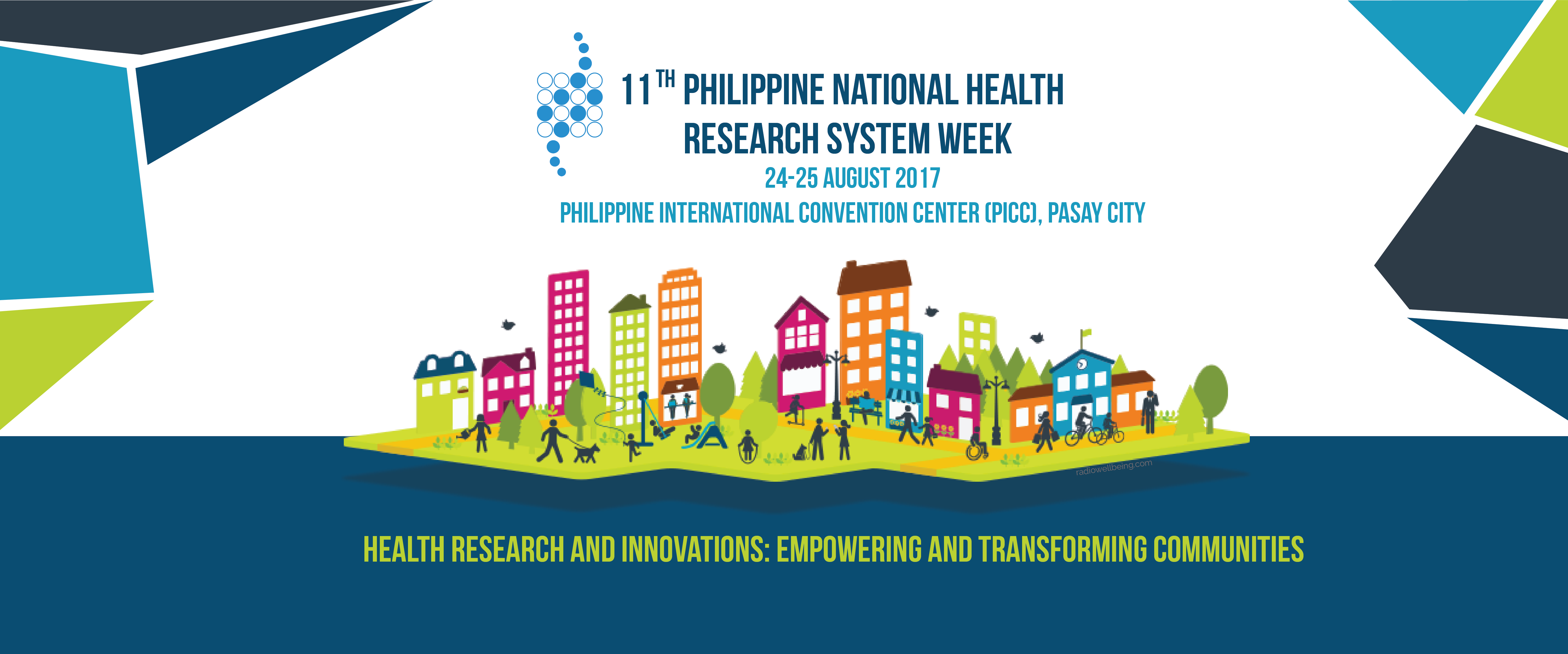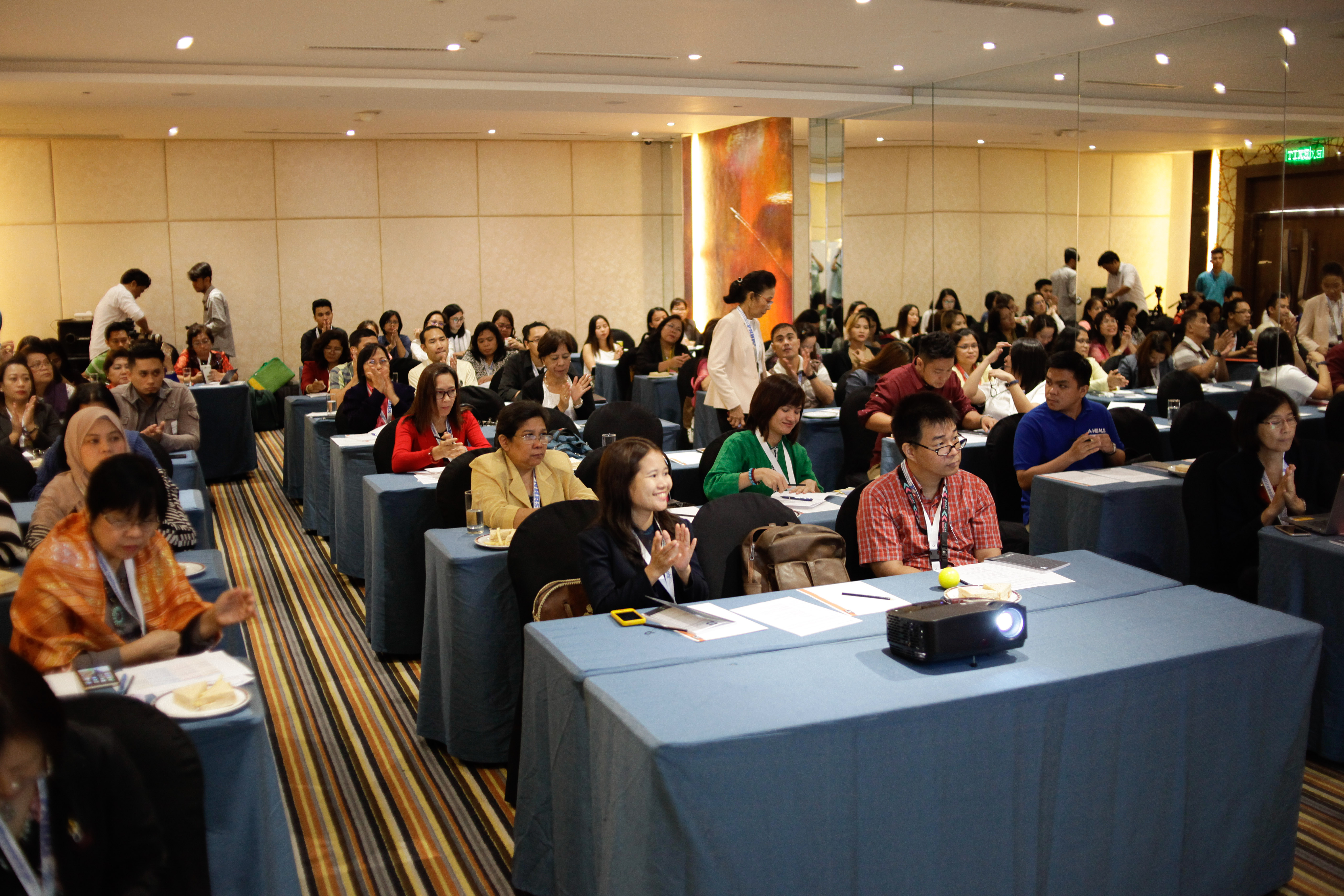1. Address stigma.
People with mental health illness confront two challenges – the syndrome of the sickness itself and the discrimination they experience from the people around them. According to WHO, stigma has negative effects to the patients as it deteriorates self-esteem, disrupts family relationships and limits patient’s ability to socialize and secure housing and jobs. People thinks mentally ill patients are violent and dangerous but in fact patients have higher tendency to hurt themselves than hurting other people. Dr. Tronco urged for mental health awareness and campaigns be included in mental health programs.
2. Create relationship with the stakeholders for mental health
Local chief executives have important role in integrating a mental health program in the community because they have the power to bring together services from the health and non-health sectors.
3. Experience a process of sharing, validation, and problem-solving
Build support groups where communities can share experience of difficulties, identify common reactions, validate good stories of coping, and facilitate plans for action. Aside from the family where patients can gather strength and resilience, community is a single most important resource for Mental Health Interventions.
4. Involve the family in the program
As partners in providing care to persons with mental disorder, families also need some form of support. Family go through immense pressure in taking care of a patient, that’s why, services such as family education and training, support, and counseling on mental health should be available and accessible to them. Like support groups for the patients, support group where family members can get opportunity to share fears and learn lessons on coping should be established.
5. Harness Community Resilience on Mental Health
Build on the successes of the mental health programs in the communities. Look at the social and cultural practices on how people in communities overcome stress and deal with the challenges of life. Harnessing community resilience also requires human resource that can effectively mobilize community services and infrastructure for mental health.
6. Grab opportunities from crisis and disasters
When disaster strikes, leaders usually listen and responds to communal pain. There are opportunities for mental health programs to highlight emotional and social needs since disasters creates a context of shared grief and recovery.
- Latest News
- Hits: 4948
Communication expert cites ways to effectively communicate health research and engage the public
PASAY CITY, Metro Manila- In the recent “Rallying Communicators for Science, Technology, and Innovation in Health” pre-conference session of the 11th Philippine National Health Research System (PNHRS), communication expert Dr. Clarissa David talked about ways to communicate health research and engage the public.
Dr. Clarissa David, a professor from the University of the Philippines (UP) College of Mass Communication, said that health communication is already an established and prominent field of work as it concerns everyone. Here are some notes from Dr. David to reach the public, communicate effectively, and make an impact.
Two objectives: individual behavioral change and “health issue public”You should identify priority audiences and create appealing messages for these audiences. Make special segments with specific interest in health, find listeners of health research, and convene them in a channel.
The media are your conduit
Media are your only mass-market channel to general public. Talking to them means talking to the public as well.
Ask yourself: Whose role is it?
Take some time to ask what your real objectives are and the roles everyone should play. Can you do the communication work? Is there someone better equipped to do the task? How can you support and work with them?
Study and know your audience
Remember that communication is audience-oriented. Not everyone can be your audience. You should identify key audiences and craft strategy and message to reach them.
Content is king
You should create your main message and establish channels to bring your audiences. Remember that you don’t need to explain the whole research paper as most of them are not interested.
Define your voice
Think strategically of the kind of identity you want to take on. Remember that identity and voice are important to audiences.
Sustain public engagement in health systems research
You should create and maintain a community of practice in the health research system. Share best practices through conventions and fora. Gather participation from communication practitioners and scholars in private sectors, media, and academe.
PNHRS is a gathering of different stakeholders in health research and development to contribute research-based solutions to health problems. The 11th PNHRS Week was held on 22-23 August 2017.
- Latest News
- Hits: 4788
Health research community to celebrate 11th PNHRS Week; highlights importance of empowering and transforming communities
PASAY CITY, Metro Manila- The country’s health research community, headed by the Philippine Council for Health Research and Development (PCHRD), will celebrate the 11th Philippine National Health Research System (PNHRS) Week on 24-25 August 2017 at Philippine International Convention Center.
The celebration is a gathering of different stakeholders in health research and development to contribute research-based solutions to health problems.
With the theme “Research and Innovations in Health: Empowering and Transforming Communities,” this year’s celebration will highlight the roles, challenges, and opportunities of health research and innovation in reaching, empowering, and transforming the marginalized Filipino communities.
Parallel and plenary sessions will revolve around key areas including Drug Addiction and Mental Health, Wealth and Wellness, Psychosocial and Health Concerns of Internally Displaced Persons, Assessment of the Philippine Health Sector Performance, and National Unified Health Research Agenda (NUHRA).
Pre-conference sessions such as Ethics, Society of Health Research Communicators (SHARE) Assembly, Journal Publishing, Meeting of the Regional Health Research and Development Consortia Secretariat, and Health Research and Development for Disaster Program Review will also be held on 22 August 2017 at Hotel Jen Manila.
PNHRS is an integrated national framework for health research in the country which ensures that research contributes to evidence-informed health policies and actions. For more details, please contact Ms. Ullyann Carticiano-Garcia at 837-7534 or This email address is being protected from spambots. You need JavaScript enabled to view it..
- Latest News
- Hits: 4054
PNHRS regional consortia eye improvement on research utilization, work to gather health research communicators
PASAY CITY, Metro Manila- To further improve their strategies on research utilization, the regional consortia of the Philippine National Health Research System (PNHRS) gathered yesterday in a session at Hotel Jen Manila.
The session entitled “Rallying Communicators for Science, Technology, and Innovation in Health” aims to gather members for the Society of Health Research Communicators (SHARE), a new program of the System to ensure that research contributes to evidence-informed health policies and actions.
SHARE is a community of communicators who share health research stories, advocacies, and local and national initiatives. The community will reinforce the research dissemination activities of the regional consortia of PNHRS.
The first part of the session was allotted for discussions wherein three communication and health research experts were invited to guide the participants namely Dr. Clarissa David of the University of the Philippines (UP) College of Mass Communication, Dr. Mary Ann Lansang of the UP College of Medicine, and Dr. Iris Thiele Isip-Tan of the UP Manila Medical Informatics Unit.
In the afternoon, members of the regional consortia engaged in a discussion to form, gather, and sustain the SHARE community.
In her welcome remarks, Ms. Merlita Opeña, Philippine Council for Health Research and Development (PCHRD) Division Chief, stressed that research utilization is an important process in the Philippine National Health Research System (PNHRS).
“I would like to emphasize that research utilization focuses on the impact or benefit of knowledge to our stakeholders. It is about what the people will gain from the research result or how they will make use of the knowledge or information.” Ms. Opeña explained.
The “Rallying Communicators for Science, Technology, and Innovation in Health” is part of the 11th Philippine National Health Research System (PNHRS) Week celebration. PCHRD is the lead coordinator of the System.
- Latest News
- Hits: 3791
40 researchers to participate in the 12th National Medical Writing Workshop and 5th Writeshop for Young Researchers
MALATE, Manila- Forty researchers will participate in the upcoming 12th National Medical Writing Workshop and 5th Writeshop for Young Researchers on 7-8 August 2017 at Pan Pacific Manila.
Organized by the Philippine Council for Health Research and Development (PCHRD), in cooperation with the Philippine Association of Medical Journal Editors (PAMJE) and Asia Pacific Association of Medical Journal Editors (APAME), the workshop aims to help researchers in health and health social sciences to acquire practical knowledge and skills in preparing a scientific article for publication in a scholarly peer-reviewed journal.
Among the lessons to be taught are structure and individual components of a scientific paper, process of preparing a manuscript, and the role of editors and peer reviewers and what they look for in a manuscript.
Under the guidance of the faculty and mentor-facilitators, the participants will also have the opportunity to review and revise their manuscripts. After the workshop, they are expected to submit their articles to an appropriate scholarly peer-reviewed journal within three months.
The 12th National Medical Writing Workshop and 5th Writeshop for Young Researchers will be held in line with the celebration of the Philippine National Health Research System (PNHRS) Week.

